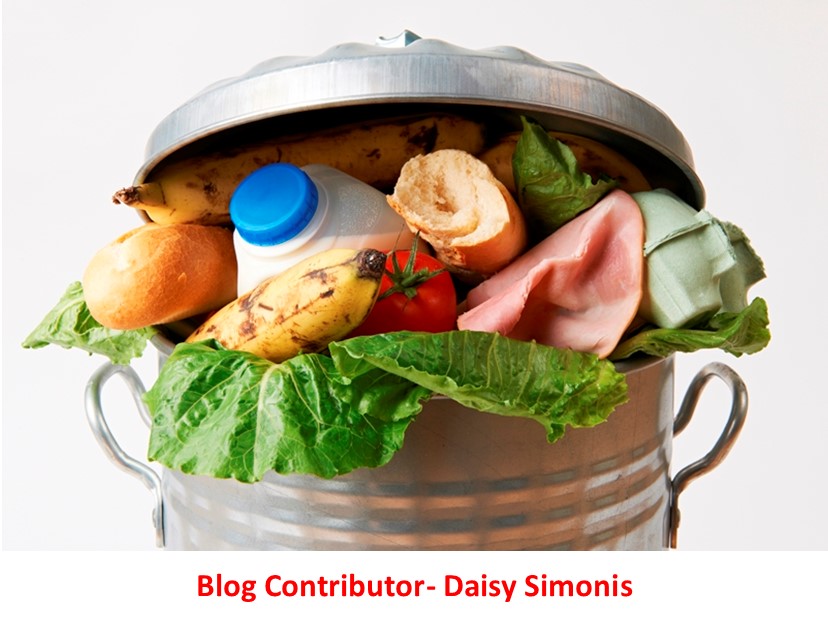Food waste is a huge problem worldwide. In America alone, about 40% of food is wasted. To put that in perspective, this represents 1.3% of the total GDP.
In a country where 35 million people go hungry, this is a crisis. It’s also morally wrong, as more than 800 million people every year go hungry. Every one of them could be fed with
the amount of food that is wasted from both the U.K. and U.S. Food is wasted at every part of the process from farm to fork. This issue also reaches multiple industries, from restaurants to retail, fisheries to manufacturing.
There are two different kinds of food waste:
- Food loss: This is the largest category and includes any food that is edible but goes uneaten. For example, food that goes past its sell-by date in stores, crops left in the field, food that spoils in transportation, and all other food that doesn’t make it to shelves.
- Food waste: This is food that is discarded by supermarkets due to colour or appearance, half-eaten meals left on plates that go in the bin, and food scraps from meal preparation.
Only 5% of food is composted. The rest of it is the largest section of solid waste that humans create. According to the Food and Agriculture Organization of the United Nations, if it were a country, food waste would be the third-highest emitter of greenhouse gases in the world. So, humans are the cause behind this problem, but we can be a part of the solution.
How you can waste less food
Even small adjustments to your habits can make a huge difference to the amount of food wasted.
-
- Plan your meals: Apps like Mealime help you plan out what you want to eat that week and tell you exactly what ingredients you need to buy to cook it. Not only does this cut down on food waste as you’ll be able to use everything before its sell-by date, but you also save money and time.
- Surplus food isn’t food waste: Innovative companies like Olio and Too Good To Go link everyday consumers with supermarkets and restaurants who send out alerts if they have excess food.
- Use your leftovers: Don’t chuck them in the bin. Almost everything can be frozen or made into new meals, and not just for humans! Birds love stale bread. It can be a lifesaver for them in the winter. Books like The Thrifty Cookbook and Love Your Leftovers are full of ideas to inspire you.
- Compost when possible: You can make a DIY compost place to put food scraps and peelings. Sometimes local governments have a food composting program you can get involved in.
Food waste is a problem that affects all of us. It’s also incredibly harmful to the planet. Even cutting back on your food waste by 50% can make a huge difference. It takes lots of little actions to create change: join us in this revolution.


Leave a Reply